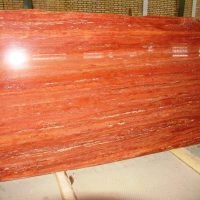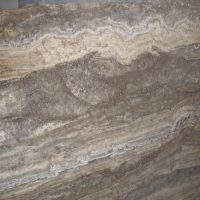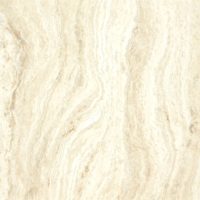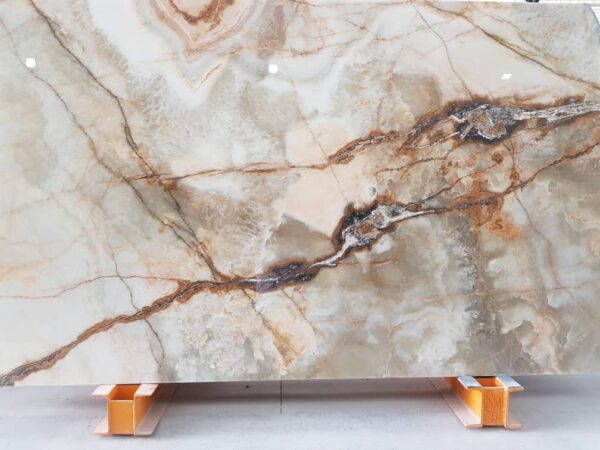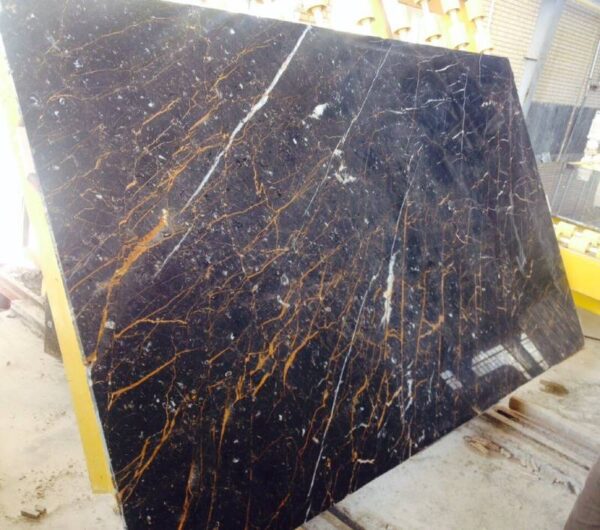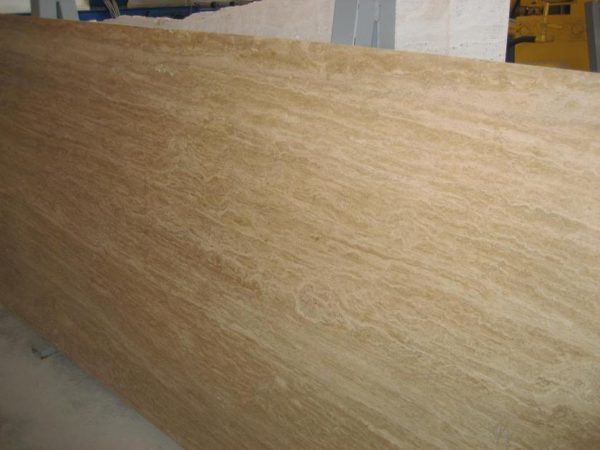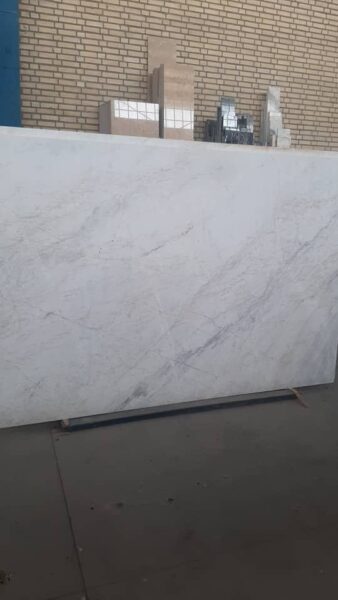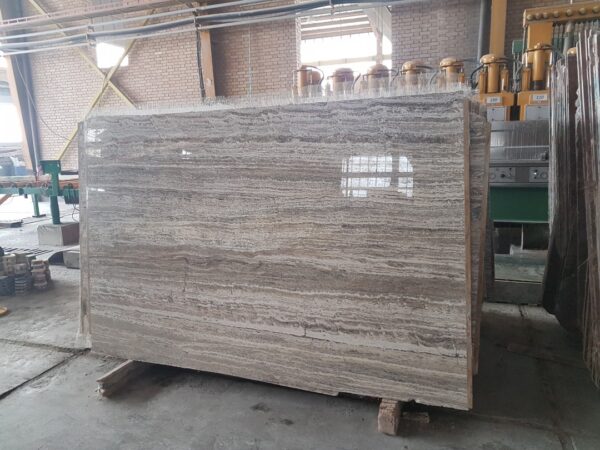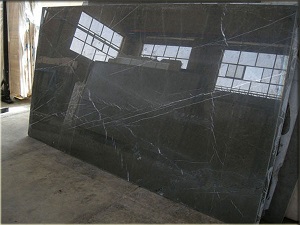A Key Guide for Global Suppliers
Europe is one of the largest markets for natural stone, with a consistent demand for high-quality materials used in construction, landscaping, and interior design. As a result, exporting stones to Europe is a highly profitable business opportunity. In this guide, we’ll discuss the most exported stones to Europe and their key applications, along with tips for suppliers looking to expand their market presence.
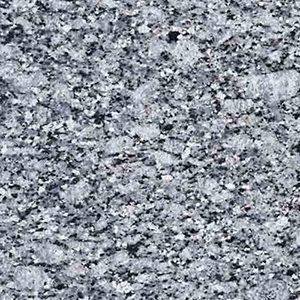

Most Exported Stones to Europe
Several types of stone dominate the export market to Europe, with countries importing a wide variety of materials for various construction and design projects. The most commonly exported stones include granite, marble, limestone, and sandstone.
1. Granite
Granite is the most exported stone to Europe due to its unparalleled strength, durability, and versatility. This stone is highly favored for both residential and commercial projects, including countertops, flooring, and exterior cladding. Its ability to withstand harsh weather conditions and wear makes it ideal for use in both interior and outdoor settings.
- Applications: Countertops, flooring, facades, monuments
- Benefits: Exceptional durability, scratch and heat-resistant, available in diverse colors and patterns
2. Marble
Marble is another stone that sees significant export to Europe. Known for its timeless elegance and luxury appeal, marble is highly sought after for high-end interior projects such as flooring, countertops, and wall cladding. Its aesthetic value, combined with its natural beauty, makes it a top choice for luxury buildings and homes.
- Applications: Countertops, flooring, decorative accents, sculptures
- Benefits: Luxurious look, variety of colors, ideal for high-end projects
3. Limestone
Limestone is popular for both its natural appearance and affordability. It is commonly used in landscaping, exterior facades, and building facades. Its earthy tones and easy-to-work-with texture make it a favorite for European architects and designers who seek a versatile, durable, and cost-effective material.
- Applications: Flooring, walls, facades, landscaping
- Benefits: Affordable, versatile, natural look, ideal for outdoor projects
4. Sandstone
Sandstone is widely exported to Europe due to its rich color variations and ease of use in construction. It’s often used for exterior cladding, paving, and other outdoor applications. Its weather-resistant nature makes it perfect for both residential and commercial outdoor projects, particularly in areas with fluctuating climates.
- Applications: Paving, exterior cladding, landscaping
- Benefits: Durable, available in various shades, weather-resistant, easy to work with
Why These Stones Are Popular in Europe
Several factors make these stones the top choice for export to Europe. Understanding these reasons can help suppliers better cater to the market.
1. Durability and Longevity
Granite and marble are known for their exceptional strength, making them long-lasting materials ideal for high-traffic areas or harsh weather conditions. European countries value materials that can withstand the test of time, ensuring that stone installations don’t need frequent repairs or replacements.
2. Aesthetic Appeal
Natural stones like marble and sandstone offer unique colors and textures that add a sophisticated and natural touch to any project. Whether for commercial or residential use, these stones enhance the beauty of buildings, from floors to walls to facades.
3. Sustainability and Environmental Benefits
Natural stones like limestone and sandstone are considered environmentally friendly options due to their sustainability. As Europe focuses more on eco-friendly building materials, the demand for these stones has risen, with consumers seeking durable, sustainable materials for their projects.

